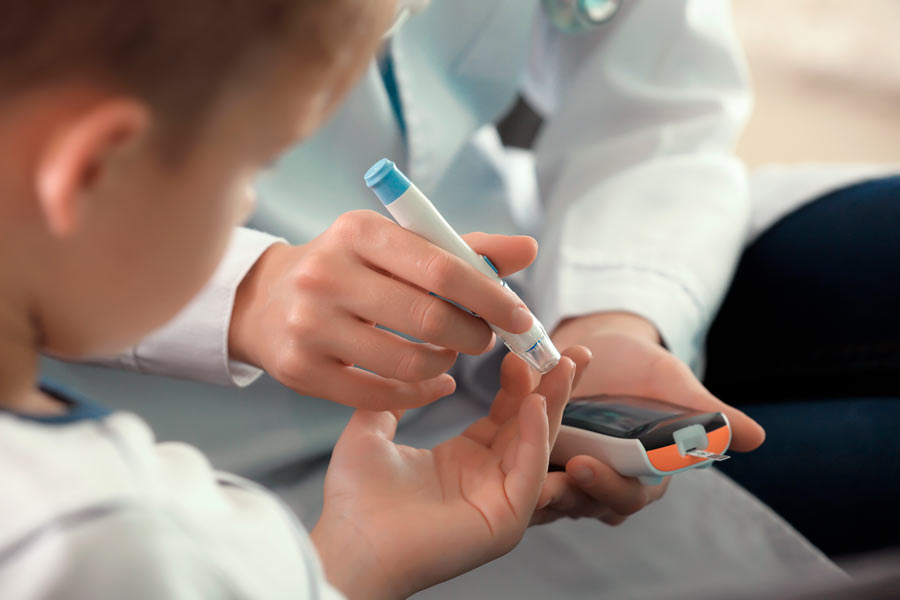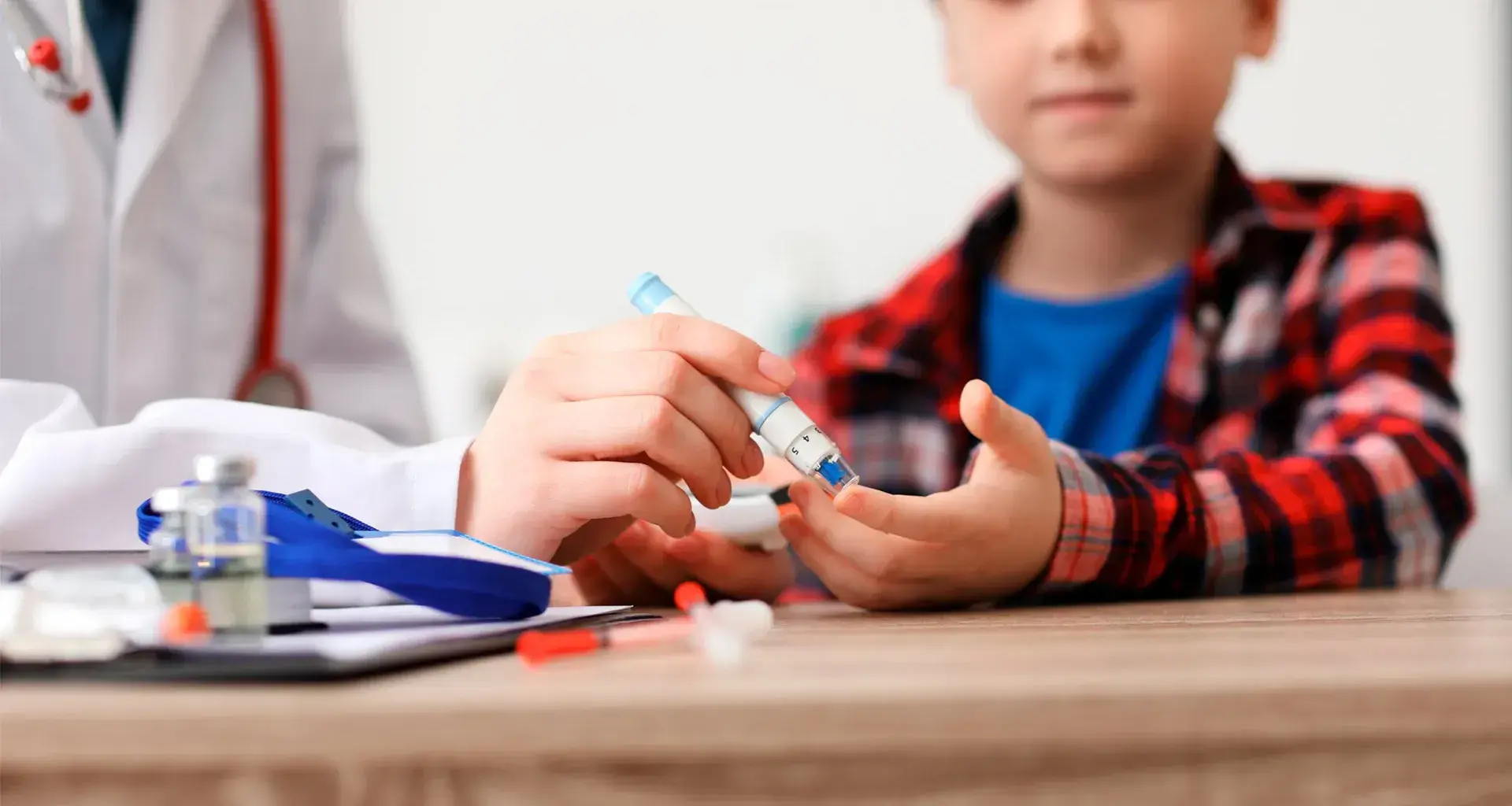If your child contracts COVID-19, they’ll have twice the risk of developing diabetes during the months after infection, warned Dr. Óscar Tamez, a pediatric infectious disease specialist at TecSalud.
“If (the child) wasn’t genetically predisposed, had a healthy diet and lifestyle, COVID comes along and increases their risk of diabetes two-fold compared to those who never tested positive,” he said.
Dr. Tamez said that this situation, which has been reported in medical studies, adds to other health problems among the child population in Mexico.
“It’s something really important that could have repercussions on public health. Even more so, as Mexico’s child population has the highest obesity and diabetes rates in the world,” he said.

What types of diabetes are there?
Even though diabetes is commonly related to “being chubby”, Dr. Tamez explained that it can be caused by different factors. Depending on these factors, it’s diagnosed as Type 1 or Type 2.
Type 1 diabetes is a chronic (lifelong) autoimmune disease in which there’s a high level of sugar (glucose) in the blood, since the body doesn’t produce insulin, a hormone that regulates glucose.
In Type 2 diabetes, the body doesn’t use insulin efficiently, which is caused by poor diet and a sedentary lifestyle, among other factors.
“If pediatric patients have Type 1 diabetes, this is due to their pancreatic cells being unregulated and stopping doing their job, which doesn’t have much to do with their diet, weight, or physical activity, but is rather a genetic problem,” he said.
In the case of children who contract COVID-19, this disease could be a trigger for earlier pancreatic injury, he added.

How can I tell if my child is starting to develop diabetes?
Dr. Tamez said that the warning signs we must look out for in children in order to detect diabetes early on include:
- Unexplained weight loss
- Frequent urination
- Increased thirst, asking for more fluids than usual
- Fatigue or exhaustion
- Blurred vision
- Numbness or tingling in their hands or feet
- Ulcers that don’t heal
- Seizures
“You must monitor these obvious warning signs: make sure your children aren’t consuming more fluids than usual, aren’t frequently going to the bathroom to urinate, or that if you used to change their diaper 7 times a day, you now do it 14 times a day.
“Also, look out for unintentional weight loss. If they don’t suffer from epilepsy and they have a seizure that comes out of nowhere, these are all factors that make us think of diabetes,” he added.
Dr. Tamez pointed out that this problem of diabetes in children due to COVID-19 can be triggered both during infection as well as several months later.
“During acute infection, diabetic ketoacidosis can develop. This triggers a metabolic problem in which your body enters a state in which the pH (which measures the degree of acidity or alkalinity) drops very low and there’s no regulation of glucose and bicarbonate in the blood.”

What should I do if there are suspicious symptoms?
The specialist recommended that parents be alert in case they detect any of these symptoms in their children after the acute phase of infection, and even for several months later.
“Apparently, everything is fine after recovery, but we’ve seen that over the following 6 months, they have this increased risk of diabetes, two times more than those not testing positive,” he added.
If they were to detect any of these diabetes warning signs, he suggested documenting the characteristics of the symptoms and going to a doctor to carry out the corresponding assessment to confirm or rule out the disease.
“Once it’s been diagnosed, it’s no longer reversible. Fortunately, both types can be controlled. You can control it pretty well, either with insulin or with medication.
“There are also some mild cases that can be treated with the support of a pediatric endocrinologist, with diet, exercise, and lifestyle changes for controlling glucose,” said Dr. Tamez.
“We’ve seen that over the following 6 months, they have this increased risk of diabetes, two times more than those not testing positive.”
Be alert for multisystem inflammatory syndrome in children
If your son or daughter has had COVID-19, you should be on the lookout for 21 to 28 days after infection, as they might show symptoms of what’s known as multisystem inflammatory syndrome in children.
This syndrome is associated with SARS-CoV-2, but it isn’t COVID-19. It can cause inflammation to children’s hearts, lungs, kidneys, brains, skin, eyes, or gastrointestinal organs.
READ ALSO:





